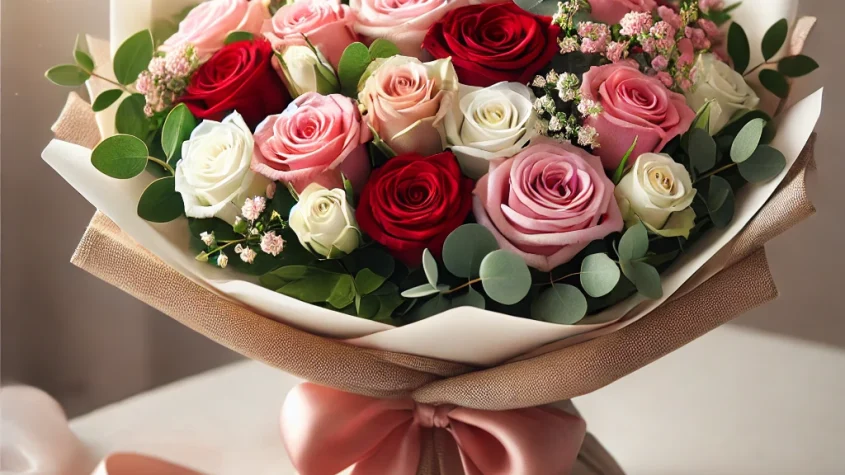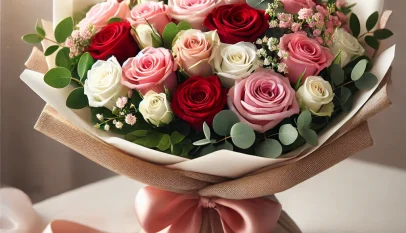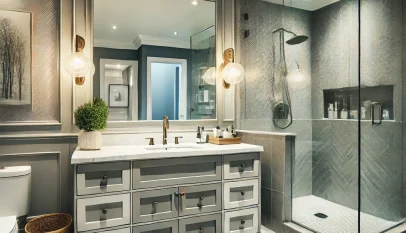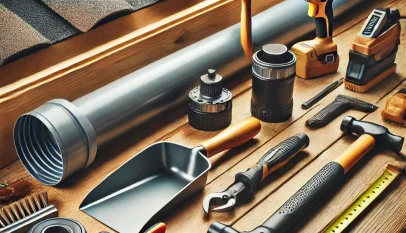
For those seeking to enhance their living spaces without the burden of extensive plant care, low maintenance indoor plants offer an ideal solution. These plants are resilient and can thrive with minimal attention, making them perfect for busy lifestyles or those new to gardening. With a variety of options available, choosing the right low maintenance plants can transform any room into a vibrant oasis.
Popular choices include snake plants, pothos, and ZZ plants, each known for their hardiness. These plants not only bring life to indoor environments but also improve air quality, contributing to a healthier living space. As they adapt well to various lighting conditions, they are suited for any corner of the home.
This guide will explore the best low maintenance indoor plants, providing essential tips on care and positioning. Readers will discover how easy it can be to cultivate greenery in their homes without a substantial commitment of time or energy.
Selecting Low Maintenance Indoor Plants
Choosing the right low maintenance indoor plants requires consideration of space, light availability, and the specific needs of each plant type. The following points will guide the decision-making process effectively.
Assessing Your Space
Before selecting plants, it is crucial to evaluate the space available. Factors like light levels, humidity, and temperature play significant roles.
- Light Levels: Assess whether the area receives indirect sunlight or is predominantly dark.
- Humidity: Determine if the room is dry or humid, as some plants thrive in moisture.
- Space Size: Consider the footprint and height of the plant.
For smaller spaces, opt for compact plants like the Pothos or Snake Plant. For larger areas, consider more expansive plants like the Rubber Plant.
Understanding Plant Needs
Different plants have varied care requirements. Understanding these needs simplifies the selection process.
- Watering: Low maintenance plants often need infrequent watering. Examples include the ZZ Plant and Succulents.
- Soil Type: Well-draining potting soil is essential for most low maintenance options.
- Feeding: Many low maintenance plants do not require frequent fertilization.
Researching specific needs can prevent overwatering or nutrient deficiencies. Consulting plant care guides can further enhance knowledge.
Top Choices for Low Maintenance Plants
Several indoor plants stand out for their resilience and low upkeep.
- Snake Plant (Sansevieria): Thrives in various light conditions and requires minimal water.
- Pothos: Adapts easily to different environments and only needs watering when the soil is dry.
- ZZ Plant (Zamioculcas zamiifolia): Tolerates low light and infrequent watering, making it ideal for forgetful plant owners.
- Peace Lily: Blooms indoors with minimal care but needs some indirect light.
- Spider Plant: Hardy and forgiving, suitable for beginners.
Choosing from this selection can create a thriving indoor garden with minimal effort.
Caring for Your Indoor Plants
Proper care for indoor plants involves understanding their specific needs regarding watering, lighting, fertilization, and pest management. This section offers detailed guidance on how to maintain healthy and thriving plants in an indoor environment.
Watering Tips and Techniques
Watering is crucial for plant health. The frequency depends on the plant species, pot size, and environmental conditions. Most indoor plants prefer to dry out slightly between waterings.
- Check Soil Moisture: Use your finger to gauge moisture in the top inch of soil. If it’s dry, it’s time to water.
- Watering Method: Water thoroughly until it drains from the bottom. Avoid letting plants sit in water, as this can lead to root rot.
- Humidity Needs: Some plants benefit from increased humidity. Consider misting or using a humidifier for tropical varieties.
Lighting Considerations
Light is essential for photosynthesis. Each plant has specific light requirements that influence its growth.
- Types of Light: Recognize different light levels: low, medium, and bright indirect light. Determine which category your plants fall into.
- Placement: Position plants near windows but avoid intense direct sunlight unless they are sun-loving varieties.
- Supplemental Light: For lower-light areas, consider using grow lights. These can mimic natural sunlight and support healthy growth.
Fertilizing Fundamentals
Fertilization enriches the soil with nutrients. Understanding when and how to fertilize benefits indoor plants significantly.
- Frequency: Generally, fertilize every 4-6 weeks during the growing season (spring and summer). Reduce or stop in fall and winter.
- Type of Fertilizer: Choose a balanced or specific formula for indoor plants. Liquid fertilizers are convenient and easy to apply.
- Dilution: Always follow the instructions for dilution to prevent root burn. Less is more if uncertain.
Pest Prevention and Management
Pest issues can harm indoor plants. Being proactive enhances a plant’s resilience against infestations.
- Regular Inspections: Check the undersides of leaves and soil for any signs of pests. Early detection can prevent larger problems.
- Natural Remedies: Use neem oil or insecticidal soap for treating infestations. These are effective and less harsh than conventional chemicals.
- Quarantine New Plants: Always isolate new plants for a few weeks to ensure they don’t introduce pests to existing collections.
Bathroom Renovation Hamilton: Transforming Your Space with Expert Solutions
Bathroom renovations in Hamilton can significantly enhance both the functionality and aest…








